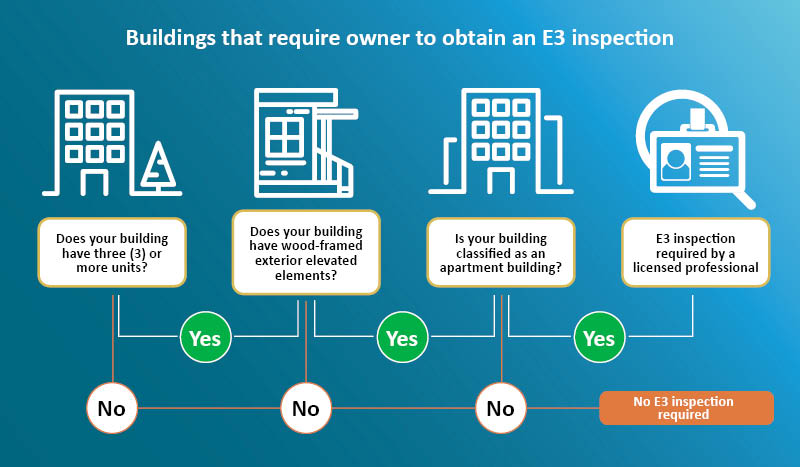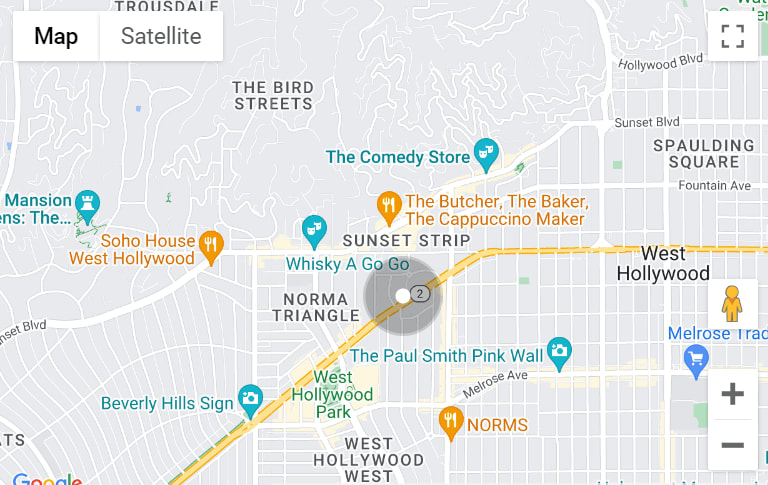Balconies are not just picturesque additions to buildings; they are crucial elements that must meet safety standards to protect residents and visitors. In California, the Balcony Inspection Law sets forth specific requirements for multi-family residential buildings, aiming to ensure the structural integrity and safety of these elevated spaces. This insider's guide delves into the intricacies of California's Balcony Inspection Law, shedding light on its requirements and implications for property owners.
Understanding California Inspection Law
After the devastating balcony collapse in Berkeley that claimed the lives of seven students in 2015, Governor Jerry Brown sanctioned Senate Bill No. 721 on September 17, 2018. Dubbed the "Balcony Inspection Law," it became enforceable starting January 1, 2019, with the first round of inspections mandated to be completed by January 1, 2025, this is according to natlawreview.com.
The Balcony Inspection Law encompasses "exterior elevated elements" within multi-family residential structures comprising three or more dwelling units. These inspections are pivotal for identifying potential hazards and ensuring the safety of occupants and visitors alike.
Property owners must conduct initial balcony inspections by January 1, 2025, with subsequent inspections mandated every six years thereafter. These timelines are designed to maintain ongoing safety standards and prevent structural deterioration.
What Are Exterior Elevated Elements
Exterior Elevated Elements (EEEs) are building components that are exposed to outdoor conditions and are positioned at an elevation higher than adjacent surfaces. They encompass various features such as stairways, balconies, decks, outdoor walkways, ramps, and landings. These elements must undergo assessments in compliance with the guidelines established by SB-721/SB-326 to uphold safety standards.
According to sanjoseca.gov, the law is for apartment buildings with three or more units, as shown below.
Photo source www.sanjoseca.gov
Why It Matters for Everyone
Safety is crucial for everyone involved in a building. For investors, it means protecting their money and ensuring the building is a secure investment. This also ensures the safety of everyone who uses the building, from tenants to visitors. For tenants, living in a safe place is a basic right.
Owners should keep tenants informed about safety checks and promptly address any issues discovered during inspections. This creates a safer and more comfortable living environment for everyone.
Conclusion
Following the California Balcony Inspection Law is important for everyone's safety. It's about keeping buildings safe and in good shape. If you need more help or info, reach out. Let's keep our buildings safe and enjoyable for everyone!
Need help navigating these requirements? My team and I have connections to trusted vendors like contractors, structural engineers, and architects. Let's ensure your compliance together. Call us now at (415) 875-0177 or send Hanna an email at [email protected] to get started.

